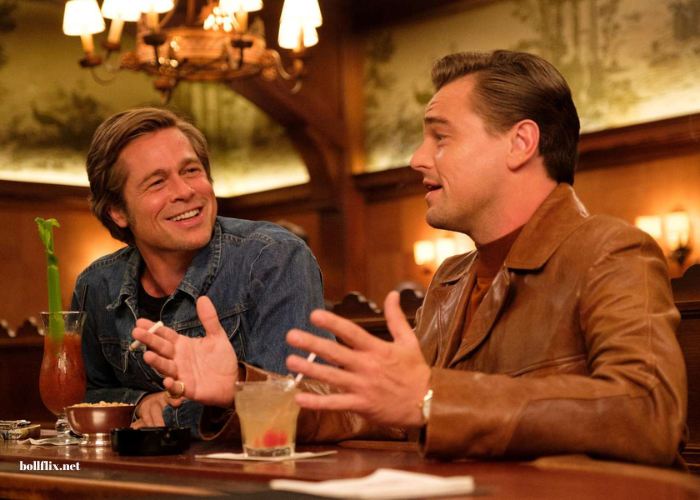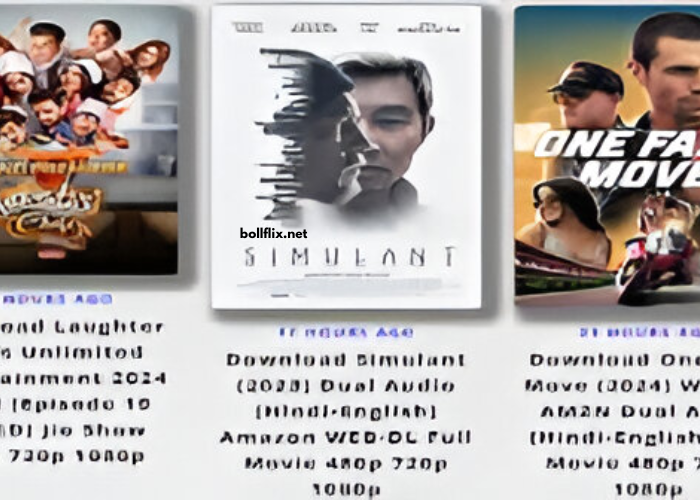Unraveling Hollywood, the dazzling city of stars and cinematic marvels, has long captivated audiences around the globe. From its iconic landmarks like the Hollywood Sign and the Walk of Fame to its glitzy red carpets and star-studded premieres, Hollywood remains the epicenter of the film industry. Yet, behind the facade of glamour lies a complex world of creativity, commerce, and intrigue. This article delves into the secrets behind the screen, uncovering the multifaceted aspects that shape the magic of Hollywood.
The Genesis of Hollywood’s Magic
Unraveling Hollywood’s rise to prominence began in the early 20th century, a time when the motion picture industry was in its infancy. Founded in 1887, Hollywood initially served as a small, quiet neighborhood in Los Angeles. Its transformation into the heart of the film industry started with the arrival of major studios and filmmakers seeking to escape the constraints of the East Coast. The area’s year-round sunshine and diverse landscapes made it an ideal location for filming, leading to the establishment of Hollywood as the epicenter of cinema.
The Anatomy of a Blockbuster: The Production Process
Creating a blockbuster film is a complex, multi-stage process that involves collaboration among countless individuals. At the core of this process is the production team, which includes the director, producer, screenwriter, and a host of other specialists.
- Pre-Production: This initial phase involves scriptwriting, casting, location scouting, and budgeting. The script, often undergoing numerous revisions, serves as the blueprint for the film. Casting directors hold auditions to find actors who embody the characters, while location scouts search for the perfect settings. Budgeting ensures that the production stays within financial constraints while securing necessary resources.
- Production: The filming stage is where the magic happens. Directors work closely with actors to bring the script to life, while cinematographers capture each scene’s visual essence. This stage often involves intricate planning and coordination, from set design and costume creation to special effects and stunts.
- Post-Production: Once filming wraps, the post-production phase begins. This includes editing, sound design, visual effects, and color grading. Editors piece together the footage to create a cohesive narrative, while sound designers and composers add the auditory elements that enhance the viewing experience. Visual effects artists work on adding CGI elements, and colorists adjust the film’s visual tone.
The Role of Studios and Streaming Platforms
Studios have historically been the gatekeepers of Hollywood, funding and distributing films to theaters. Major studios like Warner Bros., Disney, and Universal have shaped the industry’s landscape for decades. However, the rise of streaming platforms has transformed the industry in recent years.
Platforms such as Netflix, Amazon Prime Video, and Disney+ have disrupted traditional distribution models, offering viewers a vast array of content at their fingertips. These platforms have also begun producing original content, often pushing the boundaries of conventional filmmaking and introducing new talent to the industry. This shift has prompted studios to adapt, leading to collaborations and mergers that blend traditional and digital distribution methods.
The Power Dynamics: Agents, Managers, and Publicists
In Unraveling Hollywood, talent often requires intermediaries to navigate the industry’s intricate power dynamics. Agents, managers, and publicists play crucial roles in shaping an actor’s career.
- Agents: Representing the interests of actors, agents negotiate contracts, secure roles, and guide career decisions. They have extensive industry connections and leverage these relationships to secure opportunities for their clients.
- Managers: While similar to agents, managers often take a more holistic approach to an actor’s career. They offer guidance on long-term career strategies, branding, and personal development, working closely with their clients to achieve their professional goals.
- Publicists: Responsible for managing public relations, publicists craft an actor’s image and handle media interactions. They organize press events, handle interviews, and manage social media presence to maintain and enhance the actor’s public persona.
The Impact of Film Festivals and Awards
Film festivals and awards play a significant role in Hollywood, providing a platform for showcasing new films and recognizing excellence in filmmaking. Festivals such as Cannes, Sundance, and Toronto are renowned for premiering groundbreaking films and generating buzz within the industry.
Awards like the Oscars, Golden Globes, and Emmys serve as benchmarks for success, influencing career trajectories and shaping industry trends. Winning or even being nominated for these awards can significantly impact a film’s success and an actor’s career, often leading to increased visibility and opportunities.
The Economics of Hollywood: Box Office and Beyond
Hollywood’s financial ecosystem is vast and intricate, with box office revenues serving as a primary source of income for studios. The box office performance of a film can determine its profitability and influence future projects.
In addition to box office revenue, studios generate income through various channels, including merchandise, licensing deals, and international distribution. The advent of streaming services has introduced new revenue streams, such as subscription fees and pay-per-view models, further diversifying the financial landscape.
The Influence of Technology on Filmmaking
Technology has revolutionized filmmaking, from advancements in special effects to digital distribution. Innovations such as CGI and motion capture have expanded the possibilities for visual storytelling, allowing filmmakers to create imaginative worlds and realistic characters.
The rise of digital cameras and editing software has democratized filmmaking, making it more accessible to independent creators and small studios. Additionally, virtual reality and augmented reality are pushing the boundaries of interactive storytelling, offering new ways for audiences to engage with content.
The Ethical and Social Implications of Hollywood
Unraveling Hollywood s influence extends beyond entertainment, impacting societal norms and cultural perceptions. Films often reflect and shape societal values, addressing issues such as race, gender, and politics. However, the industry has faced criticism for perpetuating stereotypes and lacking diversity.
Efforts are being made to address these issues, with increased focus on representation and inclusion both in front of and behind the camera. Initiatives promoting diverse storytelling and equal opportunities are gaining traction, aiming to create a more inclusive and equitable industry.
The Future of Hollywood: Trends and Predictions
As Unraveling Hollywood continues to evolve, several trends are shaping its future. The rise of streaming platforms is likely to further transform distribution models, while advancements in technology will continue to influence filmmaking techniques. Additionally, the industry’s focus on diversity and inclusion is expected to grow, driving change and innovation.
In conclusion, Hollywood’s allure is built on a foundation of creativity, collaboration, and technological innovation. Behind the glitz and glamour lies a complex world of production processes, power dynamics, and economic considerations. Understanding these elements provides a deeper appreciation of the magic that unfolds on screen and the intricate mechanisms that drive the world’s most celebrated film industry.



